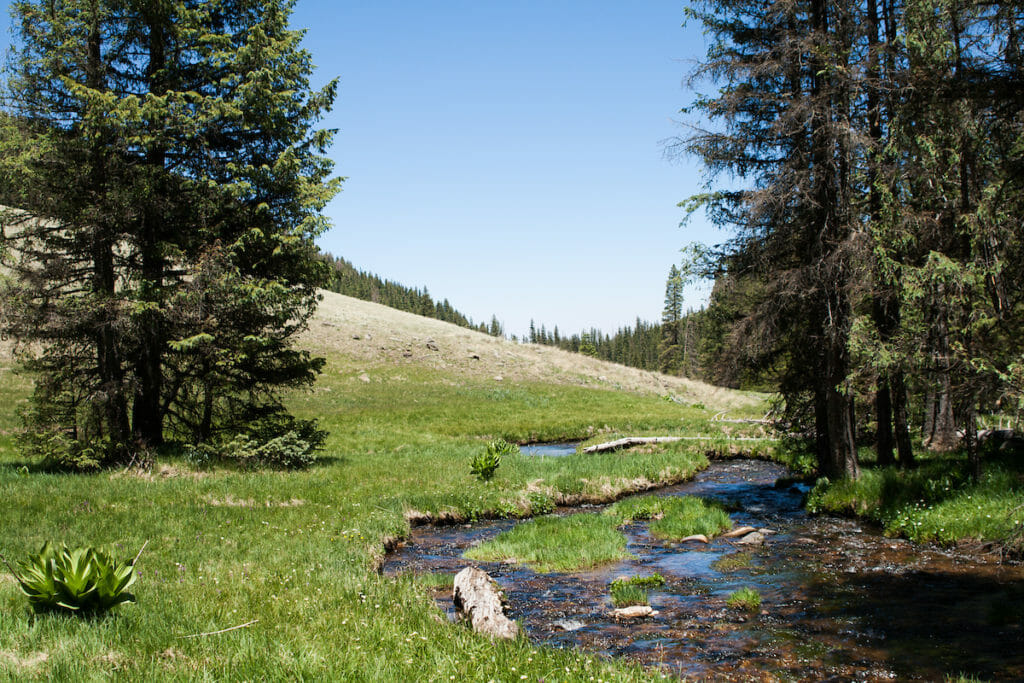Floodplains play a critical – if often underappreciated – role in maintaining stream and watershed health. Floodplains are the interface between a river and the land adjacent to it. A connected, functional floodplain attenuates floods and droughts and moderates stream temperatures by retaining water during periods of high flow and releasing it back into the stream when flows are low.
Historically, floodplains have been attractive places for human settlement, leading to the construction of dikes and levees that protect infrastructure. When a floodplain is disconnected by such structures the result is an unstable river, loss of aquatic and riparian habitat, and frequently degraded water quality — water and energy that would otherwise spill onto the floodplain and dissipate is instead contained within the stream channel, where it erodes the streambed and banks.

Trout Unlimited works with diverse partners across the country to reconnect floodplains to their rivers and streams. Sometimes that process is relatively easy and can be accomplished simply by sloping back vertically-eroded streambanks and planting vegetation.
At other times reconnecting a floodplain requires rebuilding a stream channel to adjust the channel dimensions and meander pattern to better accommodate the water it conveys. In extreme cases – such as in Ninemile Creek in Montana – floodplain restoration requires us to effectively rebuild not only the stream channel but also much of the valley bottom through which it flows.
In every case the objective is to achieve a connected hydrologic system in which the floodplain functions properly with its river to maintain instream and riparian habitats and good water quality. Reconnecting rivers to their floodplains is another important way Trout Unlimited’s conservation formula helps fish, wildlife and people.


